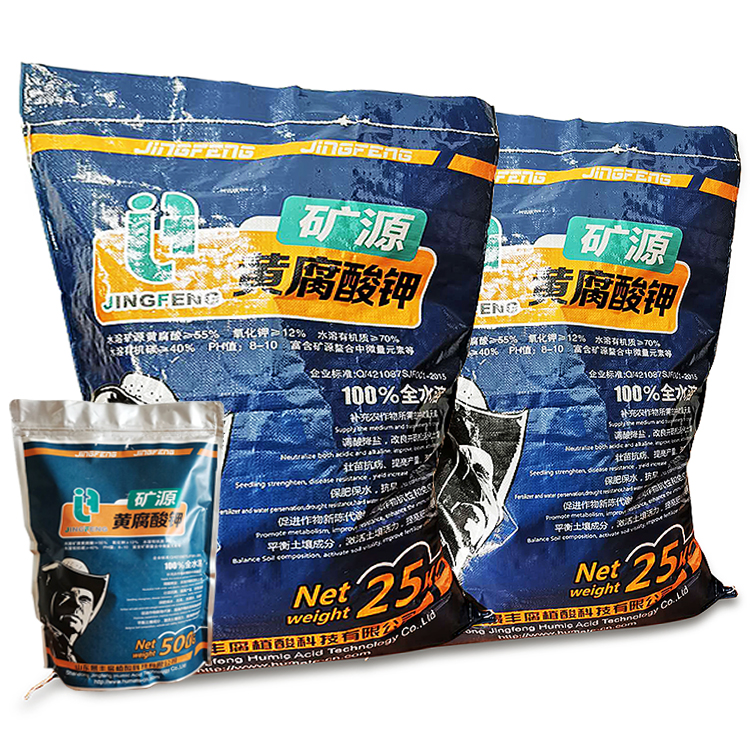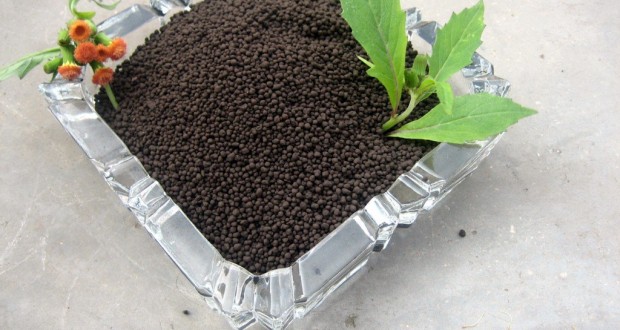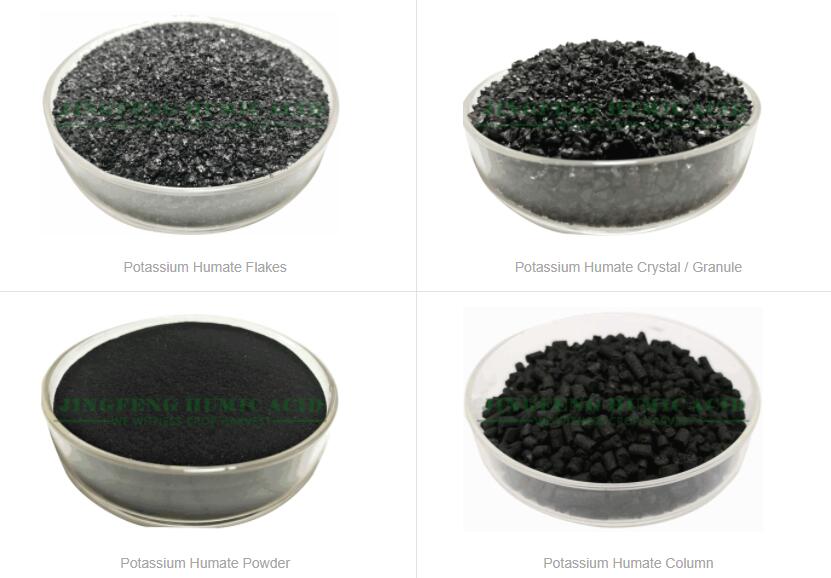 Difference between humic acid and potassium humate
Difference between humic acid and potassium humate
- Character difference
Humic acid is also called humic acid raw powder, which is essentially screened leonardite or lignite. The essence of leonardite is organic matter. The essence of organic matter is humus. The essence of humus is humic acid.
But limited by the raw material itself, humic acid is insoluble in water. This leads to the disadvantage of difficult decomposition and slow effect in the process of agricultural application.
According to the characteristics of humic acid powder, soluble in alkaline solution and insoluble in water and acid solution. We activate humic acid with strong alkaline substances such as sodium hydroxide, potassium hydroxide or ammonia water. The final product is humate salt. Which in turn is called sodium humate, potassium humate and ammonium humate.
These activated humic acid product has the characteristics of high water solubility. This is also the biggest difference between humic acid and potassium humate. High activity and high chelation. And is mainly used in flushing, drip irrigation and even sprinkler irrigation. Compared with humic acid raw powder, the effect of activated humate fertilizer can be seen in one week. Including the improvement of soil water retention performance, the length of crop root and so on.
2. Production process difference

Raw humic acid don’t have any chemical additives. No reaction, so it’s also treated as high purity leonardite or lignite.

Potassium humate is reacted by leonardite and potassium hydroxide. The humic acid in potassium humate is totally activated. Could be absorbed by plants easily.


 Difference between humic acid and potassium humate
Difference between humic acid and potassium humate


